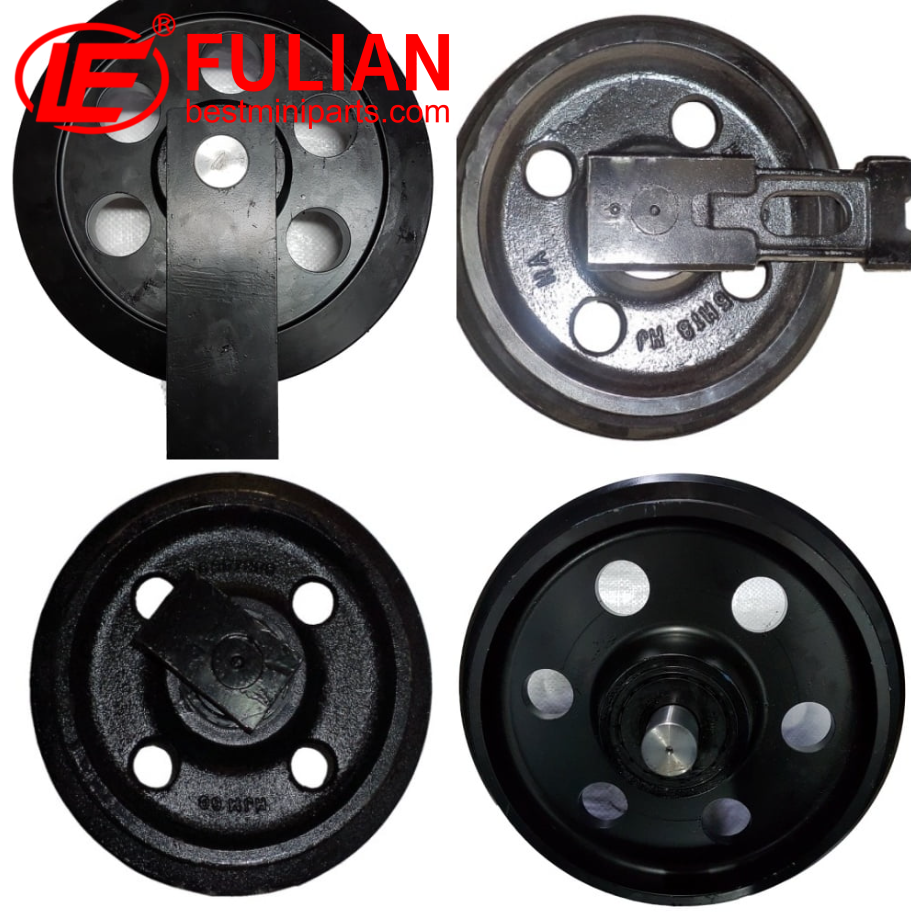The lifespan of excavator tracks, often referred to as track life, is an important consideration when managing the maintenance and cost-effectiveness of your excavator. Excavator tracks, which include the steel or rubber belts that wrap around the track frames of your machine, are designed to provide traction and mobility across various surfaces. The duration these tracks last can vary significantly and is dependent on multiple factors.
General Life Expectation of Excavator Tracks
The average lifespan of excavator tracks is generally estimated to be around 2,000 to 3,000 operational hours. However, it’s important to note that this is just an approximate range. Well-maintained tracks in gentle conditions can exceed 3,000 hours, while those subjected to rough terrain or negligent maintenance may fall short of 2,000 hours.
The average lifespan of excavator tracks is generally estimated to be around 2,000 to 3,000 operational hours. However, it’s important to note that this is just an approximate range. Well-maintained tracks in gentle conditions can exceed 3,000 hours, while those subjected to rough terrain or negligent maintenance may fall short of 2,000 hours.
Factors Influencing Track Lifespan
Several elements play into how long your excavator tracks will last:
Several elements play into how long your excavator tracks will last:
-
Material Quality: Tracks made from high-quality materials with proper heat treatment will typically last longer than those made from inferior materials.
-
Usage Intensity and Conditions: Tracks used in abrasive conditions, like rocky or sharp surfaces, will wear out faster. Similarly, tracks operating on asphalt or concrete will suffer more than those used on soft ground.
-
Excavator Weight and Size: Heavier machines put more stress on tracks which can lead to faster wear.
-
Maintenance Practices: Regular cleaning, proper tensioning, and adequate storage all contribute to longer track life.
-
Operating Techniques: Skilled operators can extend track life by avoiding unnecessary spinning, sharp turns, and high-speed operation.
Maintenance and Inspection
To maximize the life of your excavator tracks, carry out regular inspections and maintenance:
To maximize the life of your excavator tracks, carry out regular inspections and maintenance:
-
Clean Tracks After Use: Removing debris can prevent premature wear and reduce the chance of track damage.
-
Regular Inspection: Look for signs of wear and tear such as cuts, splits, or missing pieces in the tracks, and check the tension to ensure it adheres to the manufacturer’s specifications.
-
Replacement Timing: Plan for track replacement not just based on hours of use, but also on visual signs of wear and deterioration.
Cost-Effectiveness and Performance
While focusing on extending the life of your tracks is good practice, it’s also important to balance longevity with performance. Over-extended tracks may lead to reduced traction and efficiency, and existing damage can cause further issues with other undercarriage components.
While focusing on extending the life of your tracks is good practice, it’s also important to balance longevity with performance. Over-extended tracks may lead to reduced traction and efficiency, and existing damage can cause further issues with other undercarriage components.
Conclusion
The duration of excavator tracks is influenced by many factors, including material quality, usage intensity, operating conditions, machine size, operator technique, and maintenance habits. By estimating an average lifespan and combining that with strategic monitoring and maintenance efforts, you can significantly impact the service life of your excavator tracks. It’s also worthwhile to consult your excavator’s operation manual and talk to your local dealer or a maintenance specialist for specific advice tailored to your machine and operating conditions. Keeping your tracks in prime condition will not only save you money in the long term by extending their life but will also ensure that your excavator performs optimally during its operations.
The duration of excavator tracks is influenced by many factors, including material quality, usage intensity, operating conditions, machine size, operator technique, and maintenance habits. By estimating an average lifespan and combining that with strategic monitoring and maintenance efforts, you can significantly impact the service life of your excavator tracks. It’s also worthwhile to consult your excavator’s operation manual and talk to your local dealer or a maintenance specialist for specific advice tailored to your machine and operating conditions. Keeping your tracks in prime condition will not only save you money in the long term by extending their life but will also ensure that your excavator performs optimally during its operations.
Fulian Operation Team
2024.1.23







